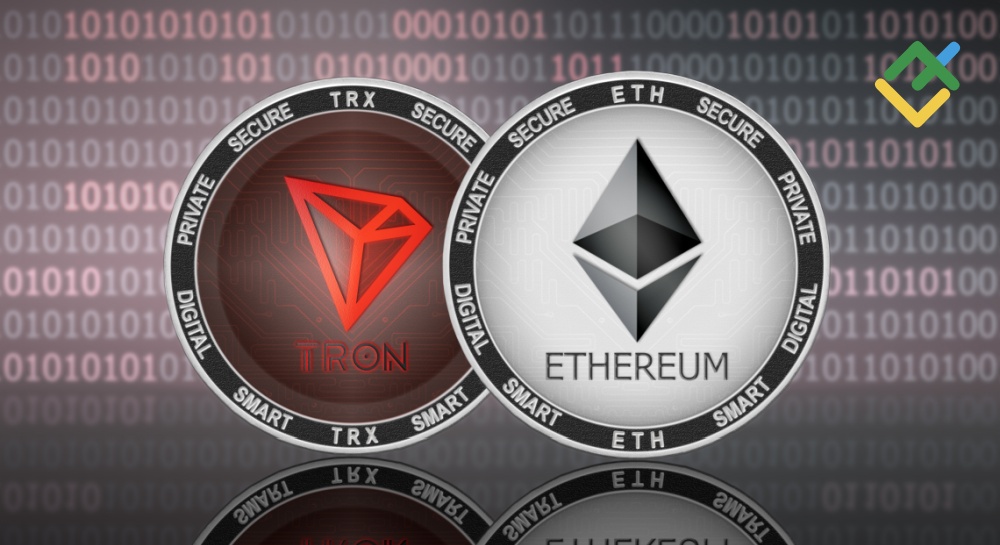Imagine a world where millions of trades are happening in the blink of an eye—where computers with rocket-speed algorithms analyze global markets and execute transactions in less time than it takes you to blink. That’s high-frequency trading (HFT), and it’s not just fast; it’s a cutthroat race where speed rules everything. In the financial world, milliseconds mean millions, and those who can execute trades quicker than their competitors can make a fortune.
But what exactly is this phenomenon that has revolutionized trading, ruffled some feathers, and sparked countless debates?
Let’s dive into the electrifying world of HFT!
What Is High-Frequency Trading?
At its core, high-frequency trading is a type of algorithmic trading that uses sophisticated computer systems to execute thousands—or even millions—of trades in fractions of a second. Think of it as the Formula 1 of finance. While traditional traders might deliberate on their positions, high-frequency trading algorithms act at warp speed, buying and selling within milliseconds. It’s fast, complex, and highly profitable if you’ve got the right tools.
HFT isn’t something your everyday trader dabbles in. This arena belongs to the financial giants—investment banks, hedge funds, and other institutional traders. Why? Because entering this race requires serious tech. These firms invest heavily in cutting-edge hardware, state-of-the-art algorithms, and lightning-fast data networks. Even the location of their servers—often placed as close as possible to stock exchange data centers—can mean the difference between profit and loss.
The Need for Speed: How HFT Works
High-frequency trading relies on speed. Imagine you’re in a crowded auction house, and before the auctioneer finishes saying “Sold!” to one bidder, another has already put up their next offer. That’s what HFT does, but on steroids. By leveraging direct market access and co-location services (putting their servers close to the exchange’s), high-frequency trading traders reduce any delays and execute orders before anyone else even has a chance to react.
But speed isn’t everything. These trades aren’t random; they’re powered by algorithms—sophisticated sets of instructions that analyze market data and execute trades automatically. These algorithms scan global markets in real-time, looking for even the tiniest opportunities, such as price differences between markets (known as arbitrage). Once a gap is found, the system buys low in one market and sells high in another, sometimes in less than a second.
However, the positions held by HFT firms are often short-lived. We’re talking seconds or even milliseconds. The goal isn’t to make a huge profit on one trade but to make a tiny profit on millions of trades. When you add up those tiny profits over the course of a day, you’re looking at some serious cash.
The Pros and Cons of HFT: A Double-Edged Sword
Advantages of HFT
One of the biggest upsides of high-frequency trading is the liquidity it adds to the market. In plain terms, liquidity means that there’s always someone ready to buy or sell. This makes markets more efficient and keeps trading costs lower for everyone. With high-frequency trading firms constantly trading, they help narrow bid-ask spreads—the difference between the highest price a buyer is willing to pay and the lowest price a seller is willing to accept. Narrow spreads mean better pricing for other traders.
High-frequency trading also helps smooth out small price discrepancies across different markets. If there’s a minor pricing error between the New York Stock Exchange and the London Stock Exchange, high-frequency trading algorithms can step in, correct it, and ensure prices stay in sync.
Disadvantages of HFT
But it’s not all roses. HFT has stirred up plenty of controversy, too. Critics argue that high-frequency traders can manipulate the market by flooding it with fake orders. For example, they might place thousands of buy orders and cancel them seconds later, artificially driving up the price for other traders—a practice known as spoofing. This kind of behavior distorts prices and hurts regular investors.
Then there’s the issue of ghost liquidity. While HFT adds liquidity to the market, it often vanishes in the blink of an eye. One second there’s a ton of liquidity, and the next, it’s gone, leaving smaller investors stranded, unable to take advantage of it.
And let’s not forget the impact HFT can have on market stability. In 2010, during the infamous Flash Crash, the Dow Jones Industrial Average dropped nearly 1,000 points in just a few minutes before quickly bouncing back. A government investigation found that a massive automated trade triggered a domino effect, causing the sudden plunge. While HFT wasn’t the sole cause, it certainly played a role in the chaos.
The Future of HFT: Thriving or Fizzling Out?
Despite the criticism, high-frequency trading is here to stay—at least for now. The speed and efficiency it brings to the markets are undeniable, and as technology continues to evolve, so will the algorithms powering HFT. The question is, how will regulators and markets adapt to this ultra-fast trading style?
Some countries have already started cracking down on HFT, imposing stricter regulations, higher taxes, and even discussing outright bans. The concern is that if left unchecked, HFT could lead to more flash crashes or widen the gap between institutional traders and everyday investors. On the flip side, HFT firms argue that their activities actually help markets by providing liquidity and making them more efficient.
Wrapping Up:
High-frequency trading is like a supercar—blazing fast, incredibly powerful, but also dangerous if not handled properly. It’s revolutionized modern finance, creating new ways to profit in the blink of an eye. But it’s also sparked debates about fairness, stability, and market manipulation.
At the end of the day, high-frequency trading is a high-octane force in today’s financial markets, and whether you love it or hate it, it’s impossible to ignore the impact it’s had on the world of trading. One thing’s for sure: in the world of high-frequency trading, only the fastest survive. So, buckle up—it’s a wild ride!
Click here to read our latest article ‘Interest Rates’ Role in Forex Trading
This post is originally published on EDGE-FOREX.


